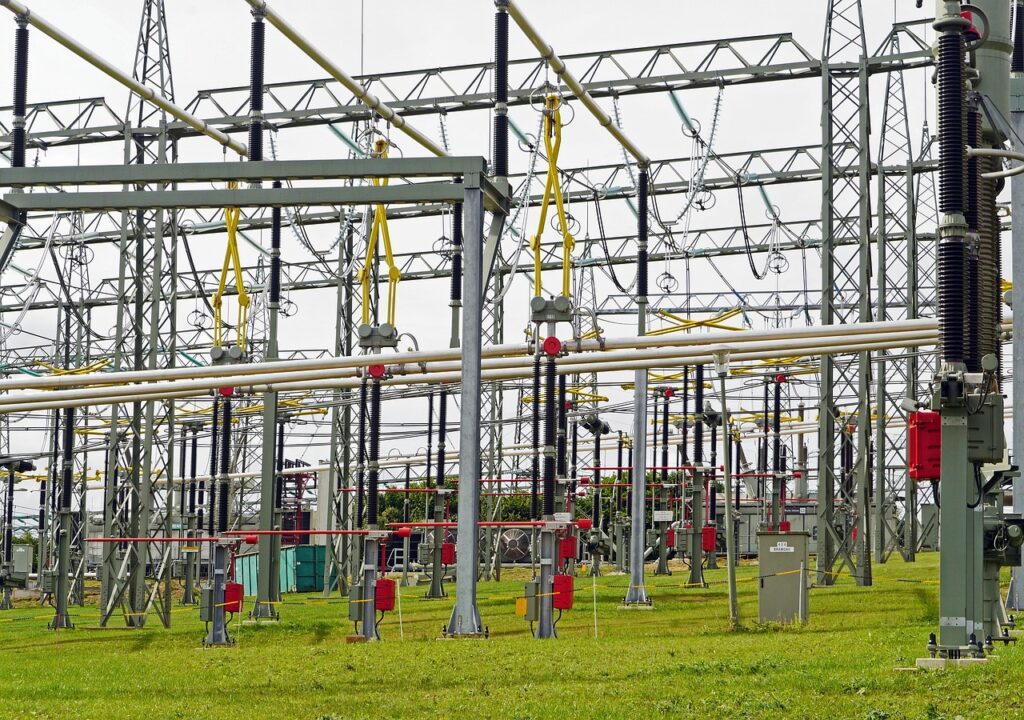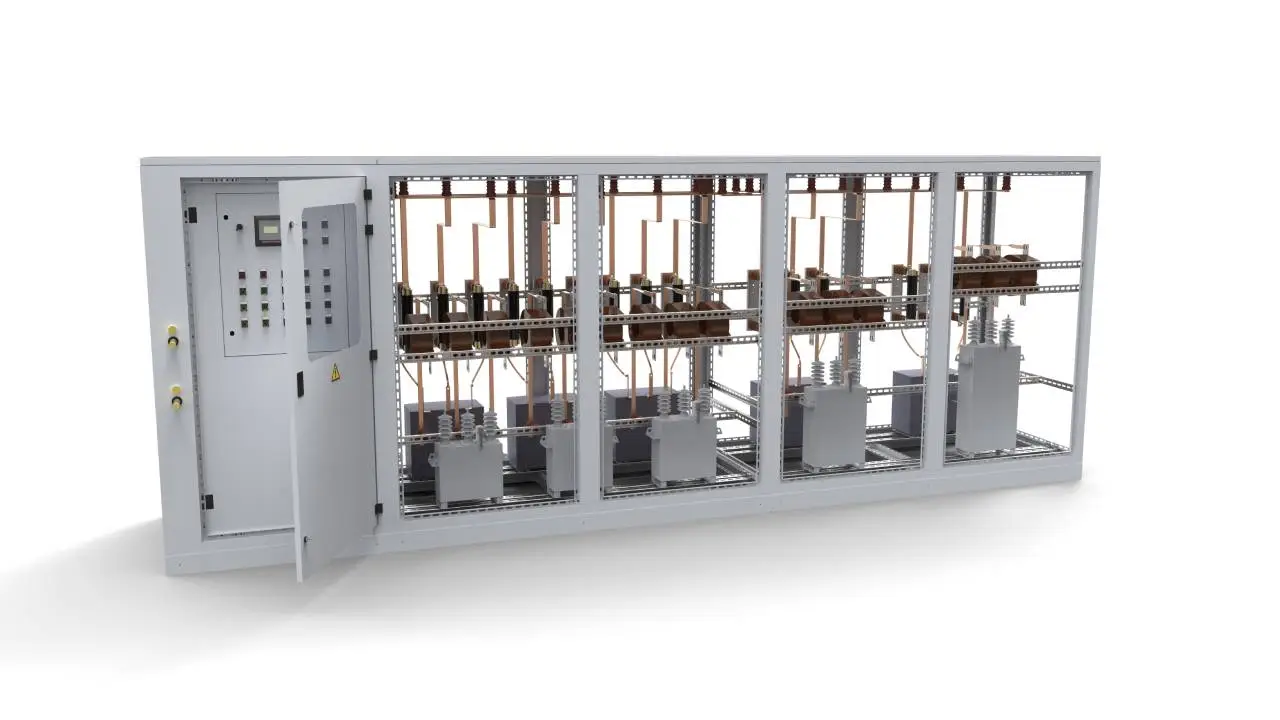
What is Load Flow Analysis
Load Flow analysis is a numerical study of power flow in an electrical system. The goal of doing power flow analysis is to understand the flow of voltage, current, reactive power, and active power under different load conditions.
Load Flow is typically done when designing a new system or evaluating an existing one. Studying power flow is very important to make sure that voltage and current stay within safe limits of the system.
Purpose of Doing Load Flow Analysis
The purpose of power flow studies is to determine the steady-state operating characteristics of a power system. Power flow studies also aim to observe the system under certain conditions. For example, when a transmission line needs to be disconnected for maintenance reasons, a power flow study will determine if other transmission lines can handle the required load without exceeding their rated value.
Another purpose of power flow studies includes:
- Identifying potential voltage and current violations: Power flow analysis helps in detecting situations where voltage levels or current flows exceed safe operating limits, which could lead to equipment damage or system instability.
- Planning system expansions: By simulating different scenarios, power flow studies assist in planning future expansions or modifications to the power system, ensuring that the system can accommodate increased loads or new generation sources without compromising reliability.
- Evaluating renewable energy integration: With the increasing integration of renewable energy sources like wind and solar power, power flow studies are essential for assessing the impact of these intermittent energy sources on the overall stability and performance of the grid.
- Optimizing system operation: Power flow analysis helps in optimizing the operation of the power system by determining the most efficient generation and transmission configurations to meet demand while minimizing losses and costs.
- Assessing contingency scenarios: Power flow studies allow for the evaluation of various contingency scenarios, such as line outages or generator failures, to assess their impact on system reliability and identify necessary corrective actions.
Load Flow Methode
There are three methods to calculate data in load flow analysis.
- Gauss-Seidel System:
- Metode paling umum dari load flow anlysis.
- Mudah dalam pengoperasian
- Slow rate convergence, semakin banyak bus semakin banyak iterasi.
2. Newton-Raphson Method.
- Metode yang lebih advanced dan bisa digunakan untuk complex situation
- Iterasi lebih sedikit dan tidak tergantung banyaknya bus sehingga waktu kalkulasi lebih cepat
- lebih akurat dan cocok untuk sistem besar
- Lebih rumit dalam programming dan butuh memori komputer yang besar
3. Fast Decoupled Load Flow System.
- Hanya butuh sedikit memori komputer.
- kecepatan kalkulasi 5 kali lebih cepat dari Newton-Raphson
- Sangat populer pada real time management power grid.
- kurang akurat karena menggunakan asumsi


